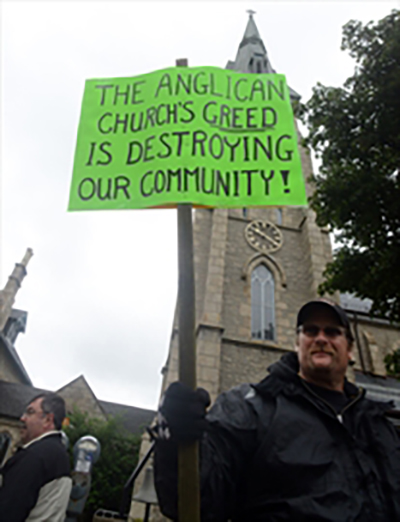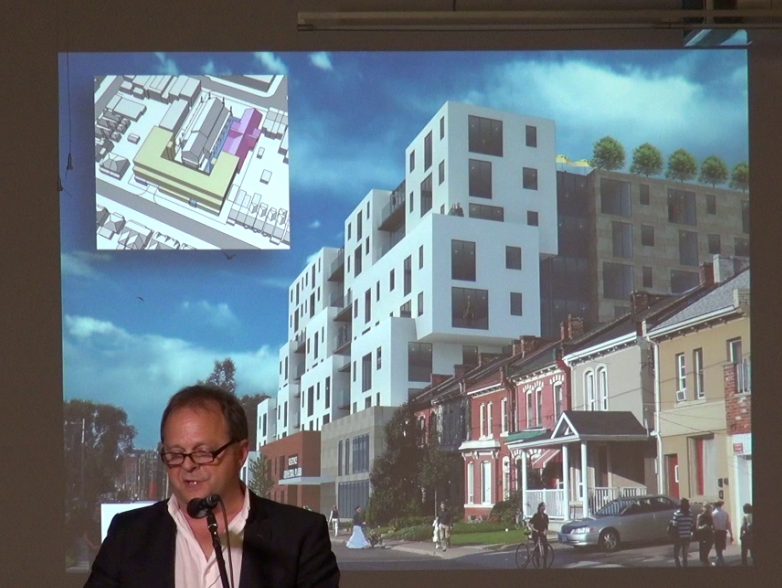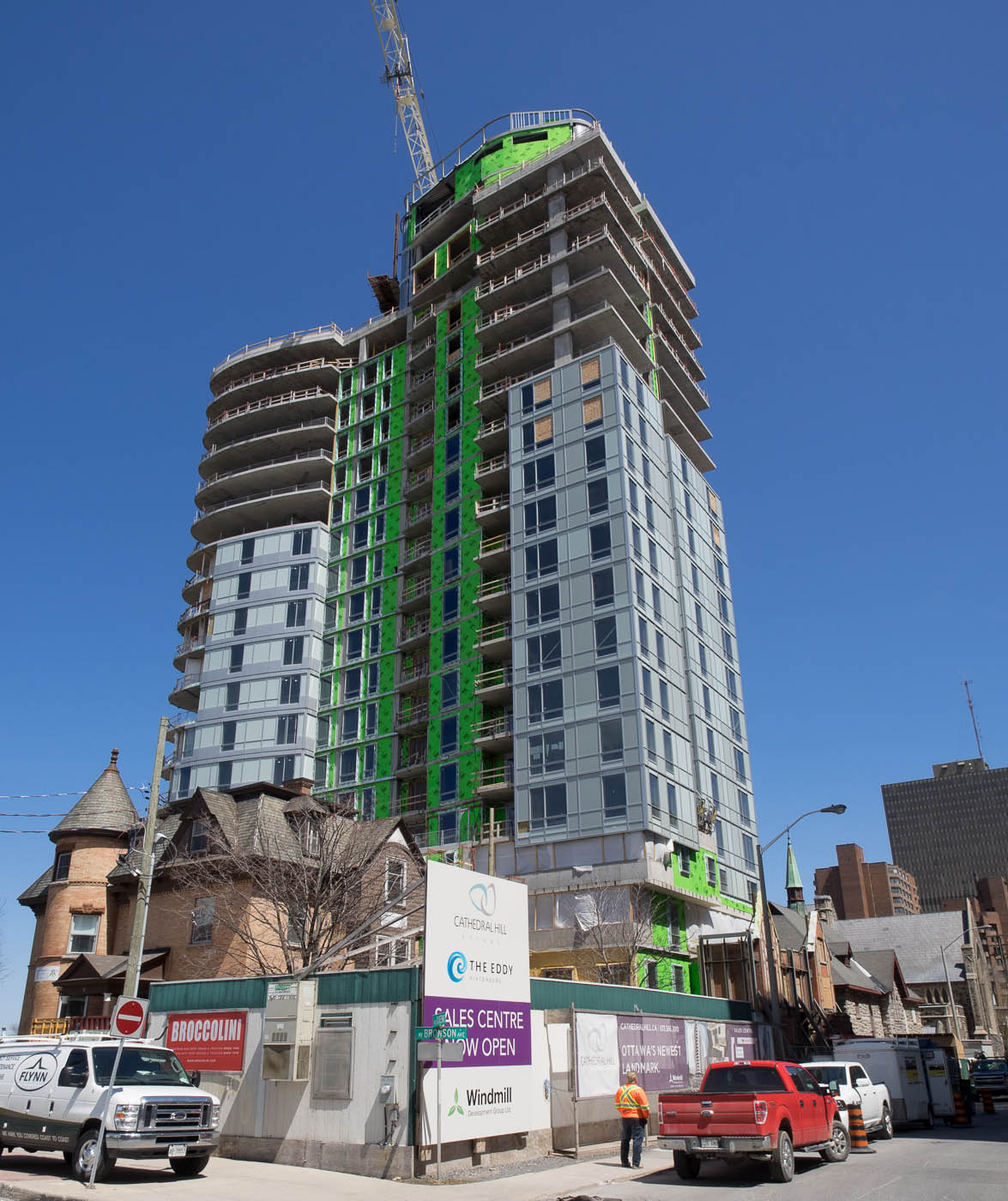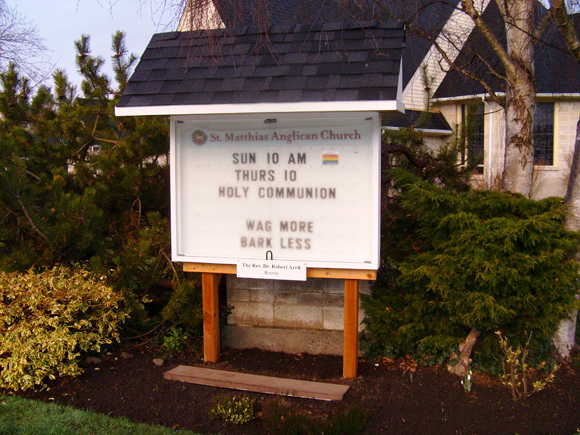Here is a brief recent history of St. Matthias in the Diocese of B.C.
In 2009 most of the thriving congregation voted to leave the Anglican Church of Canada to join ANiC.
As was the case for every other congregation that left the ACoC, the diocese seized the building but not the majority of the people. This left a small congregation that would not normally be considered viable but had to be made to appear viable, otherwise the diocese would have had little need for the building. Consequently, the parish was put on financial life-support by the diocese.
In 2010 a pair of 17th century Ming dynasty chairs were discovered in the church, by now firmly in the clutches of the Diocese of B.C. They sold in 2012 for a profit $630,000US to the orgasmic delight of the rector, Rev. Robert Arril, who, for some reason, only lasted as rector until 2013.
We were informed that the money would help pay for “several programs sponsored by St. Matthias, including outreach services for single mothers and homeless people.” The reality did not live up to the pious intent of the announcement: the money was actually spent “to cover the structural deficits” because the parish was not self-supporting. It should be self-supporting since, after all, it is:
open and welcoming to all members of the LGBTQI community and we desire to create an environment that is supportive of LGBTQI people and their relationships, respectful of all people, treat all people equally, and are non-judgmental. We do not judge people on their sexual orientation or their gender identity, but rather, we seek to affirm them in their self-identity.
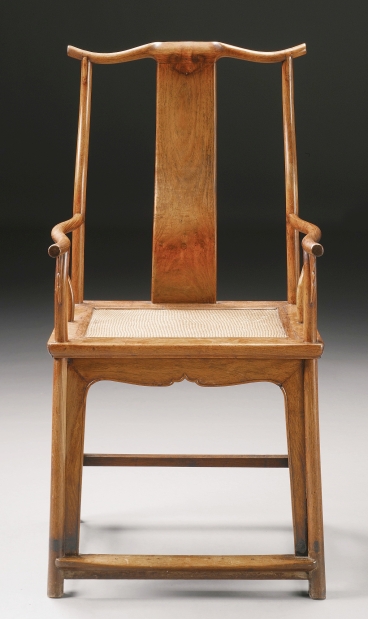 In spite of all the self-identity affirmation, the chair money is running out. Here is an excerpt from a recent, rather dispirited, parish report:
In spite of all the self-identity affirmation, the chair money is running out. Here is an excerpt from a recent, rather dispirited, parish report:
Over the past seven years the Parish of St. Matthias has been in constant transition. In 2009 something over 80% of the parish left, along with the clergy and musicians. Under the Rev. Dr. Robert Arril the parish began a process of recovery. In 2012 the “Hand Document” was produced which charted out an action plan for the next five years. Much of this ambitious plan was implemented. Bob Arril left the parish in Spring 2013, and after a long interim our current Rector came in June 2014. In 2015 we observed our centennial.
In none of these seven years were we truly self-supporting. In the first two years we were supported by grants from the Anglican Diocese of British Columbia. In 2012 we had a providential discovery in that two Chinese chairs which had sat at the back of the church for decades were found in fact worth to be worth a small fortune. The sale of these chairs has helped us to cover the structural deficits. However, the end of the “chair fund” is on the horizon.
As well, our average Sunday attendance has been stuck at between forty and fifty people. By any measure this is about half of what would be expected in a self-supporting parish.


